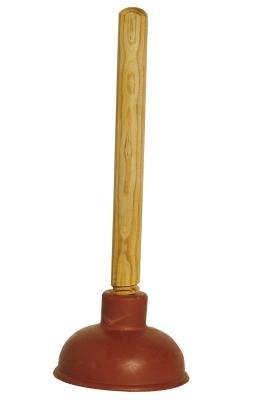"A blown head gasket." Those words, and the accompanying repair parts and labor cost, are ice to the warm heart of any 2005 Civic owner. That pesky head gasket is so close to the heart of the engine. Repairing any head gasket is no small task, but it can be accomplished. This repair requires removing the cylinder head, a complicated and technical procedure--hence the high repair cost at the shop. If you are willing to replace your own head gasket, you can save substantial money by eliminating labor costs.
Instructions
1 Disconnect the negative battery cable. Locate the radiator drain plug and drain the antifreeze. Drain the engine oil.
2 Disconnect any sensors immediately present around the valve cover. Label each disconnected wire, as well as the point you disconnected it from, so they will be easy to reconnect later. Remove the spark plug wires.
3 Remove the entire plastic air intake and filter assembly. Remove any coolant hoses near the cylinder head. Disconnect the EGR supply tube from the exhaust manifold and at the EGR valve. Gently remove any other sensors connected to the intake manifold.
4 Unbolt the exhaust manifold from the cylinder head and from where it joins the exhaust head tube. After all sensors and vacuum tubes are disconnected from the intake manifold, unbolt and remove the intake manifold as well.
5 Remove the upper and lower timing belt covers.
6 Remove the cylinder head cover. Refer to a head bolt sequence diagram, and loosen the head bolts in reverse sequence. After loosening, fully remove the head bolts.
7 Remove the cylinder head. You may have to pry the cylinder head loose. This is best accomplished by driving a flat screwdriver or other wedge between the cylinder head and the engine block.
8 Scrape any remaining portions of the old head gasket from the engine block and cylinder head. Use a flat razor. Do not gouge the metal. Spray off the block and head with parts cleaner (brake parts cleaner works well for this). If any debris falls into the cylinders, clean it out with a shop cloth or paper towel.
9 Position the new head gasket on the engine block. It will only fit one way. Make sure it is clean and correctly fits all oil and coolant passages. Even the most reputable parts store may make a mistake and sell the wrong part from time to time, and this is one job you definitely dont want to do twice.
10 Check the cylinder head caully for cracks. A blown head gasket can cause overheating and head cracking or warping. Lay a straightedge across the cylinder head to check for warping. The bottom of the cylinder head should fall in a perfect plane. See the Warnings section below.
11 Place the cylinder head back over the new head gasket. Be very gentle--tearing the new head gasket will cause it to fail (and this is one job you dont want to do again).
12 Coat the new cylinder head bolts with oil, and finger-tighten all 10 of them.
13 Tighten the cylinder head bolts to the correct torque in a multi-step process. Locate the correct torque figures for your engine. Most 2005 Civics came with D17 series engines. The engine type number is stamped on the upper portion of the engine block. Cross-erence the engine type number of your vehicle with a torque figure erence to ensure you are using the correct torque figure. If there is more than one torque figure available, tighten all the bolts to the first figure first, then all to the second figure, and so on until you reach the highest torque figure. The head bolts MUST be tightened in the correct sequence to ensure proper sealing of the head gasket and to prevent cylinder head warping.
14 Make sure the crankshaft and camshaft pulley are aligned to top dead center (TDC). Reinstall the timing belt.
15 Reverse the tear down instructions above to reassemble the upper portion of the engine.
16 Fill the radiator. Change the oil filter and fill the engine oil to the correct level.
17 Start the car and allow it to run for several minutes. After a few minutes, check the radiator fluid level--it may drop as fluid fills all the coolant passages in the engine block.





















